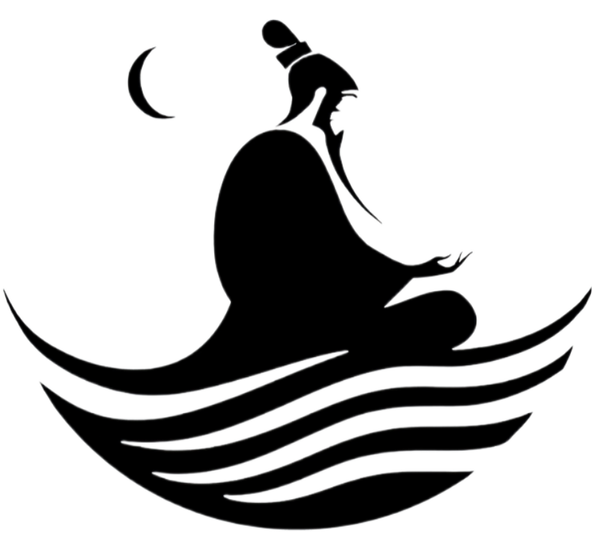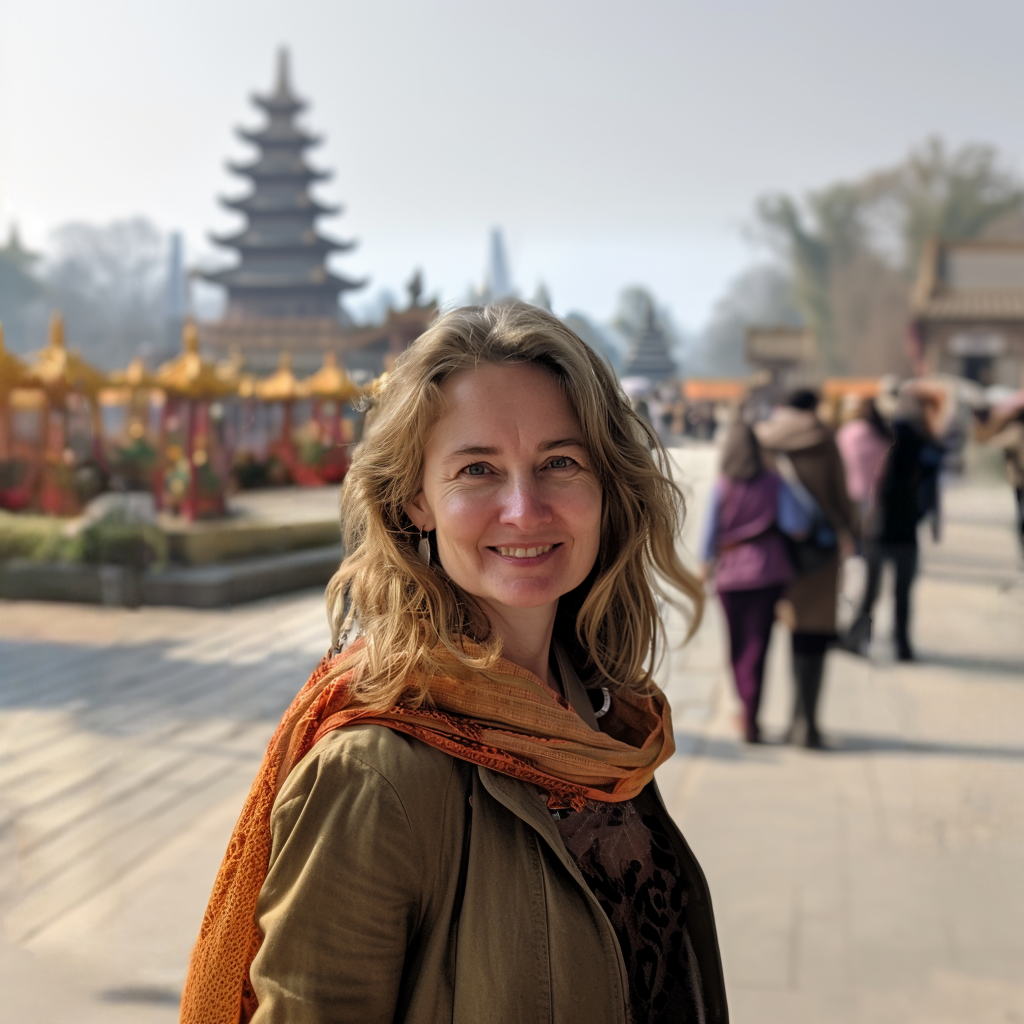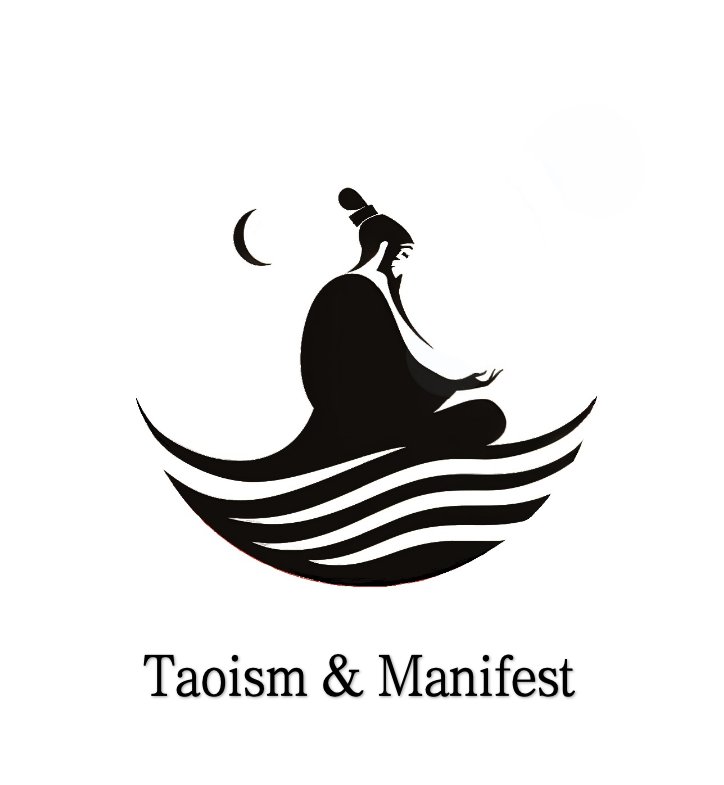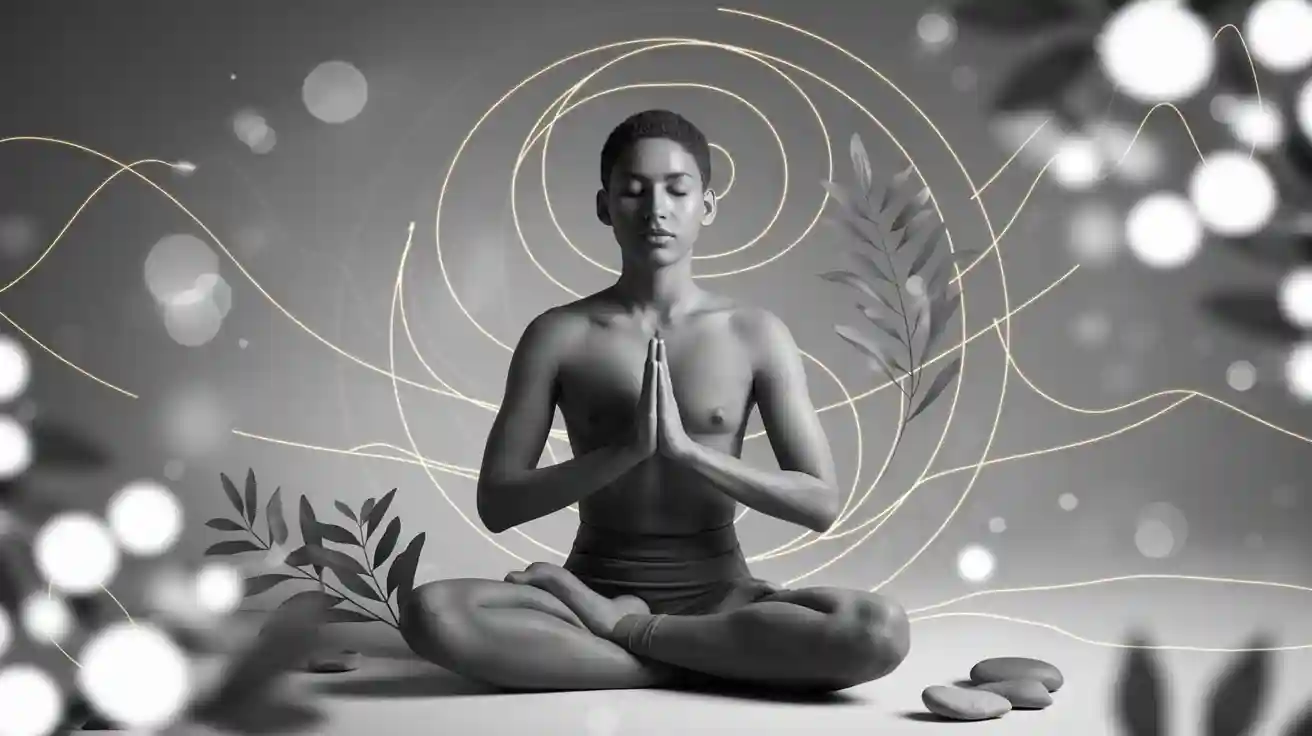
Taoism self healing is a calm practice from old taoism ideas. People use taoism self healing to feel balanced inside. Taoism says self-awareness helps people see how life moves. The Tao Te Ching gives advice to help people find peace. Many people find that taoism helps them deal with stress and hard feelings. Taoism tells people to accept change and look for harmony. People can become stronger by learning these old ideas.
Key Takeaways
Taoism self healing helps people feel balanced inside by accepting their feelings and going with changes in life. Simple things like meditation, breathing exercises, and gentle movement help people feel calm and keep energy moving in the body and mind. Making healthy limits and letting go of control can lower stress and make room for growth and peace. Taoism says self-awareness is important for real healing, and it helps people know their needs and feelings better. Doing small Taoism self healing steps each day makes people stronger and helps them feel more balanced and peaceful.
Taoism Self Healing
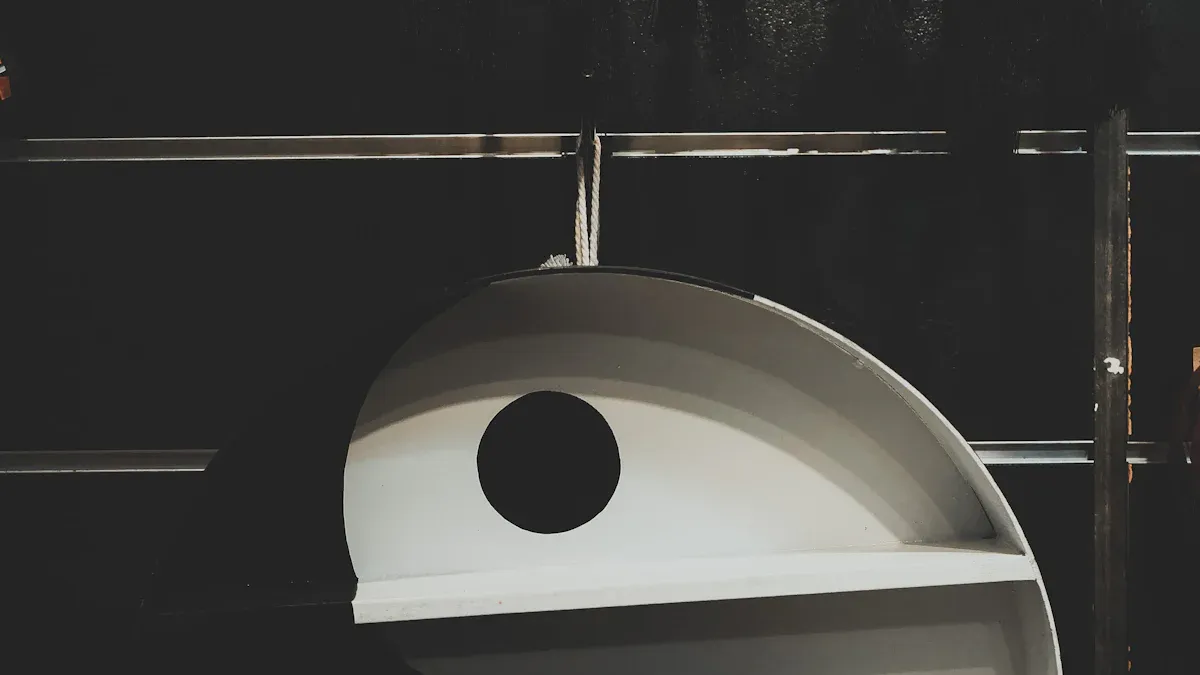
Core Principles
Taoism self healing starts with the idea that every person has a natural way to find balance. Taoism teaches that people can connect with the flow of life by understanding their own nature. This process helps the self return to a calm and peaceful state. Taoism says that healing comes from inside, not from outside forces. People learn to listen to their bodies and minds. They notice how thoughts and feelings move, just like water in a river.
Taoism uses the concept of yin and yang to show how everything has two sides. When people accept both the light and dark parts of themselves, they begin true healing. Taoism self healing does not force change. Instead, it encourages gentle shifts and natural growth. The healing tao approach values patience and trust in the process. People who follow taoist healing often find that small steps lead to big changes over time.
Taoism also teaches that the self is always changing. People do not need to fight against their feelings. They can let emotions come and go, like clouds in the sky. This gentle attitude supports healing and helps people feel less stress. Taoism self healing reminds everyone that the path to health is unique for each person.
Tao Te Ching Insights
The Tao Te Ching, a classic taoism text, gives deep wisdom about healing and self-awareness. Chapter 33 stands out as a guide for those seeking healing tao methods. It says that knowing others is smart, but knowing the self is true wisdom. Mastering others shows strength, but mastering the self brings real power. This message helps people focus on their own growth instead of trying to control the world.
The Tao Te Ching also teaches acceptance. It tells people to accept what they cannot change and to focus on their own responses. This idea is key for healing tao practices. When people accept their feelings, they start to heal. The text explains that doubt is normal and not a mistake. Taoism encourages people to let emotions unfold naturally. This gentle approach helps the self grow stronger without force.
Many people use these teachings to guide their healing journey. They learn to respond to life with calm and patience. Taoism self healing uses these ancient lessons to help people find peace in a busy world. The healing tao path shows that true healing starts with understanding and accepting the self.
Practices
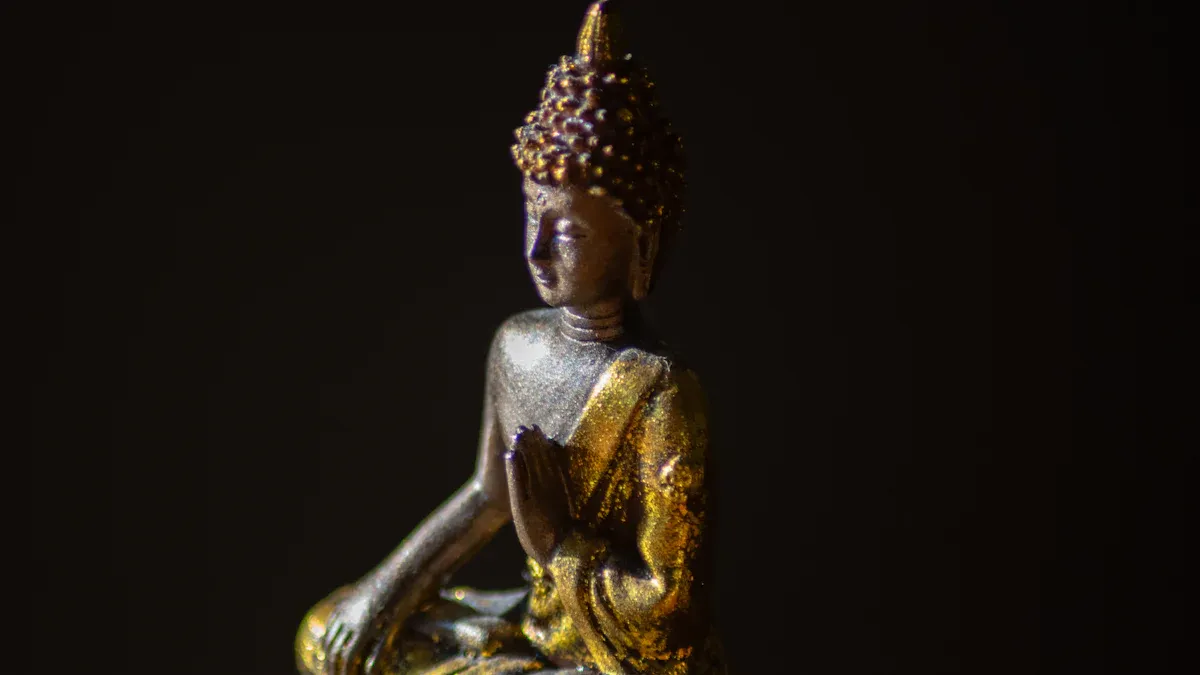
Meditation
Meditation stands as a core practice in taoism. People use meditation to calm the mind and connect with the self. This practice helps the self notice thoughts and feelings without judgment. In taoism, meditation supports balance and harmony. It teaches the self to let go of stress and find peace inside. Many people find that meditation brings a gentle sense of healing. The self learns to watch emotions move, like water flowing in a stream.
Breathwork
Breathwork in taoism uses slow, deep breaths to guide the self back to calm. This practice helps the self release tension and clear the mind. Taoism teaches that breath carries life energy. When the self breathes with awareness, energy flows better in the body. Breathwork can help the self feel less anxious and more present. It also supports healing by bringing fresh energy to every cell.
Movement
Movement practices in taoism include gentle exercises like tai chi and qigong. These movements help the self stay flexible and strong. Taoism says that moving the body keeps energy flowing and prevents energy blockages. The self learns to move with the rhythm of nature. Movement brings balance and helps the self feel grounded. People often notice more harmony in their daily lives after practicing taoist movement.
Chi Nei Tsang
Chi nei tsang is a special taoism practice that focuses on the belly. Practitioners use gentle touch to help the self release tension and old emotions. Chi nei tsang works with the body’s energy system. It helps clear energy blockages and supports deep healing. The self can feel lighter and more relaxed after a session. Chi nei tsang teaches the self to listen to the body’s signals. Many people use chi nei tsang to support emotional balance and inner peace. This taoism practice connects the self to the wisdom of the body. Chi nei tsang brings harmony by helping the self let go of what no longer serves. People who try chi nei tsang often find new strength and clarity. Chi nei tsang stands as a unique path to healing in taoism.
Tip: Try one taoism practice each day. Notice how the self feels before and after. Small steps can lead to big changes in balance and harmony.
Psychological Insights
Boundaries
Taoism teaches that healthy boundaries help people protect their energy and peace. The Tao Te Ching shares wisdom about knowing when to step back and when to engage. In Chapter 8, water becomes a symbol for boundaries. Water flows where it can, but it does not force its way. People can learn from water by respecting their own limits and the limits of others. This approach helps the self stay balanced and calm.
Many people struggle with saying no or feeling guilty when they set boundaries. Taoism encourages the self to act with kindness but also with firmness. When someone honors their own needs, they create space for growth and healing. The self learns that boundaries are not walls. Instead, they are gentle guides that keep relationships healthy.
Note: Setting boundaries does not mean pushing others away. It means caring for the self and allowing true connection.
Control and Letting Go
Taoism often reminds people that trying to control everything leads to stress. The Tao Te Ching, especially in Chapter 64, suggests that small actions and gentle steps work better than force. The self can let go of the need to control outcomes. This idea helps people feel lighter and less worried.
Letting go does not mean giving up. It means trusting the natural flow of life. Taoism teaches that the self can guide actions but cannot predict every result. When people release control, they open space for new possibilities. This practice supports healing by reducing tension and fear.
People who follow taoism often notice that life feels easier when they stop fighting against change. The self learns to adapt and move with the current, just like a leaf on a river.
Anxiety and Acceptance
Anxiety often comes from fear of the unknown or from wanting things to be different. Taoism offers a gentle answer. The Tao Te Ching, in Chapter 15, describes wise people as calm and clear, even in uncertain times. They accept what comes and do not rush to judge or fix everything.
Acceptance does not mean liking every situation. It means seeing things as they are and allowing the self to feel emotions without shame. Taoism guides people to notice their feelings and let them pass, like clouds in the sky. This practice helps the self find peace, even during hard moments.
Taoism self healing gives people tools to face anxiety with patience. The self learns to breathe, pause, and trust the process. Over time, acceptance brings more calm and less worry.
Tip: When anxiety rises, pause and take a slow breath. Remind the self that change is part of life. Trust that peace will return.
Benefits
Emotional Balance
Taoism helps people find emotional balance by teaching the self to accept feelings as they come. When someone follows taoism, they learn to notice emotions without pushing them away. This practice allows the self to feel calm even during hard times. Many people use taoism to guide their self through sadness, anger, or worry. They see that every feeling has a place and time. Over time, the self learns to move through emotions like water flows in a river. This gentle approach supports healing and brings peace to daily life.
Resilience
Taoism encourages the self to adapt to change. Life often brings surprises, but taoism shows that the self can stay strong by moving with the flow. People who practice taoism often bounce back from setbacks more easily. They trust that every challenge is part of a larger pattern. This trust helps the self stay steady when things get tough. Real-life stories show that taoism gives people tools to face stress and recover faster. The self learns to bend, not break, just like bamboo in the wind.
Tip: When facing a problem, pause and ask, "How can the self move with this change instead of fighting it?"
Self-Awareness
Taoism places great value on self-awareness. The self learns to watch thoughts and actions with kindness. This awareness helps people understand what they need and how they feel. Taoism teaches that knowing the self is the first step to true healing. People who practice taoism often notice new strengths and patterns in their lives. They become more mindful and make better choices for their well-being. Self-awareness grows each time the self reflects and listens inside.
Applying Taoism Self Healing
Daily Tips
People can start taoism self healing with small steps each day. Simple actions help the mind and body feel calm. Here are some easy ways to try taoism self healing:
Begin the morning with a few minutes of quiet breathing. Focus on each breath and let thoughts pass by.
Practice gentle movement, like stretching or walking slowly. Move with awareness and notice how the body feels.
Try chi nei tsang by placing hands on the belly and breathing deeply. Feel the warmth and let tension go.
Take a short pause during the day. Close the eyes and listen to the sounds around. This helps the mind return to the present.
Before sleep, reflect on one thing that brought peace or joy. Let this feeling fill the heart.
Tip: Small daily habits can build a strong foundation for self healing. Consistency matters more than perfection.
Integrating with Modern Life
Taoism fits well with modern life. People can blend taoism practices with other wellness routines. For example, someone might add meditation to a morning routine or use chi nei tsang after a stressful day. Many find that taoism helps balance work, school, and family life.
Therapists sometimes suggest taoism methods to support mental health. People can use breathwork or movement before a big test or meeting. Chi nei tsang can help release stress from the body. These practices do not need special tools or long hours. Anyone can use them at home, at work, or even outside.
Note: Taoism self healing works best when people stay open to new experiences. Trying different methods helps each person find what feels right.
Taoism self healing gives people tools to find balance and peace. These ancient practices help the mind and body feel calm. Many discover that Taoist wisdom fits well in daily routines. By trying meditation, breathwork, or gentle movement, anyone can start a journey toward harmony.
Taoism reminds everyone that healing is a path, not a race. Each step brings new growth. Stay open, keep learning, and let the wisdom of Tao guide the way to well-being.
FAQ
What is Taoism self healing?
Taoism self healing uses ancient Taoist ideas to help people find balance and peace. It teaches people to listen to their bodies and minds. This practice helps the self grow stronger and calmer.
What makes Taoism self healing different from other methods?
Taoism self healing focuses on natural flow and gentle change. It does not force the self to change quickly. People learn to accept both good and bad feelings. This approach values patience and harmony.
What can someone expect when starting Taoism self healing?
People often feel more relaxed and aware. They may notice less stress and more calm. Simple steps like breathing or gentle movement help the self feel better each day.
Tip: Start with one small practice. Notice how the body and mind respond.
What are some easy Taoist practices for beginners?
Quiet breathing
Gentle stretching
Mindful walking
Placing hands on the belly and breathing deeply
These simple actions help the self feel calm and balanced.
What does the Tao Te Ching say about healing?
The Tao Te Ching teaches that true healing starts with knowing the self. It encourages people to accept change and trust the natural flow of life. This wisdom guides people toward peace and strength.
